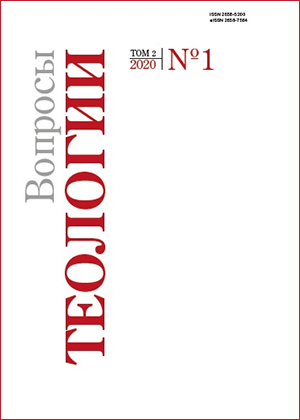The current state of the free-religious movement in Germany
DOI:
https://doi.org/10.21638/spbu28.2020.110Abstract
The article considers the state of the free-religious movement in the late 20th — early 21st century, comprised now of so-called free-religious communities (freireligiösen Gemeinden), which emerged in the 1840s to oppose Catholic and Protestant orthodoxies. Initially the movement united varying worldviews: from theological rationalism to pantheism and the “religion of humanity” practiced by radical leftmembers of the movement who resigned from Christianity altogether. Through analysis, we present a coherent picture of the free-religious movement in its development, including its organization and structure, social representation, practices and worldview of its followers. The historical continuity of ideological tradition is analyzed, interpretations of the key concepts are described, including “God”, “human”, “religion”, “sin”, and “posthumous existence”. It is shown that the diffuse worldview stance is characteristic for the free-religious movement. While refusing Christian articles of belief as a specific religious basis, the movement retains some forms of a cult, such as transition rituals (free-religious funerals, Jugendweihe as secular confirmation). These traits put the free-religious movement in a special intermediate position between religion and a secular worldview. It is argued that the free-religious movement is currently undergoing transformation. It is shown that secular humanism, currently attracting more and more followers among the freethinkers, results in the erosion of the free-religious worldview and movement. The free-religious movement that choose humanism as their ideology lose their connection to the century-long tradition of practicing free religion and become areligious.
Keywords:
religion, atheism, freethought, humanism, free-religious movement, Germany
Downloads
References
References
Downloads
Published
Issue
Section
License
Articles of "Issues of Theology" are open access distributed under the terms of the License Agreement with Saint Petersburg State University, which permits to the authors unrestricted distribution and self-archiving free of charge.




